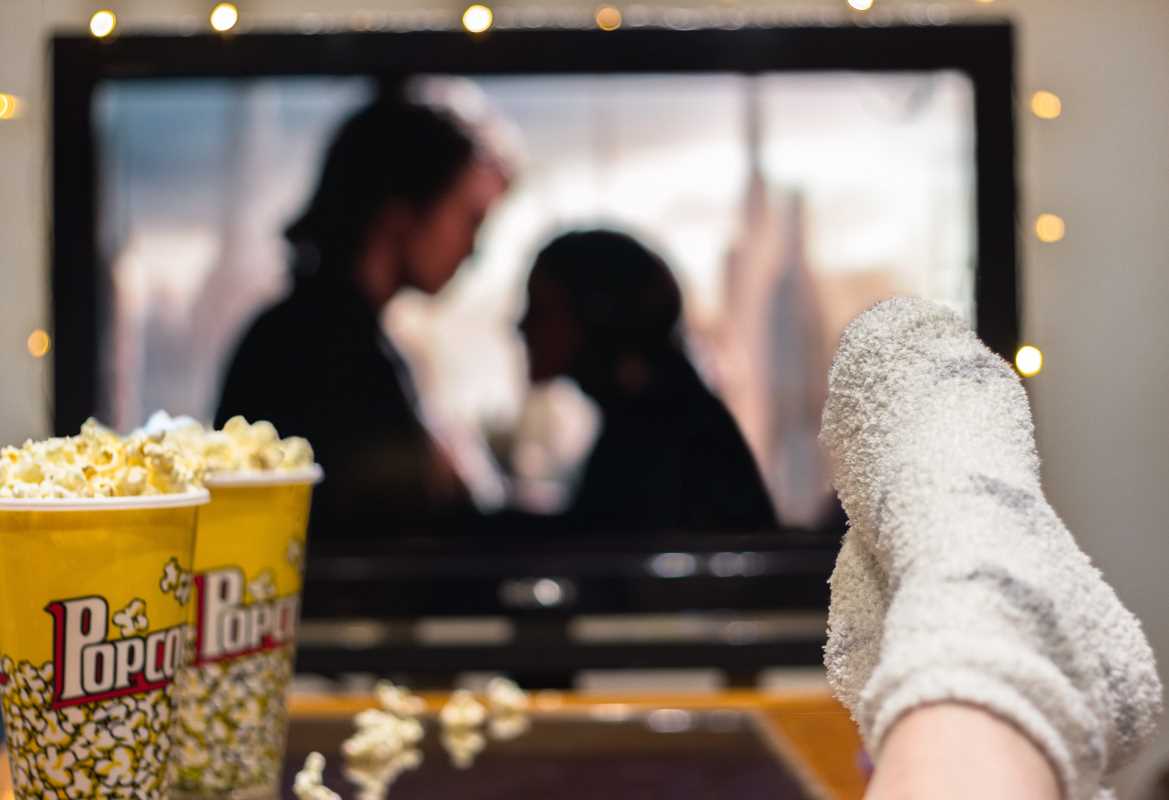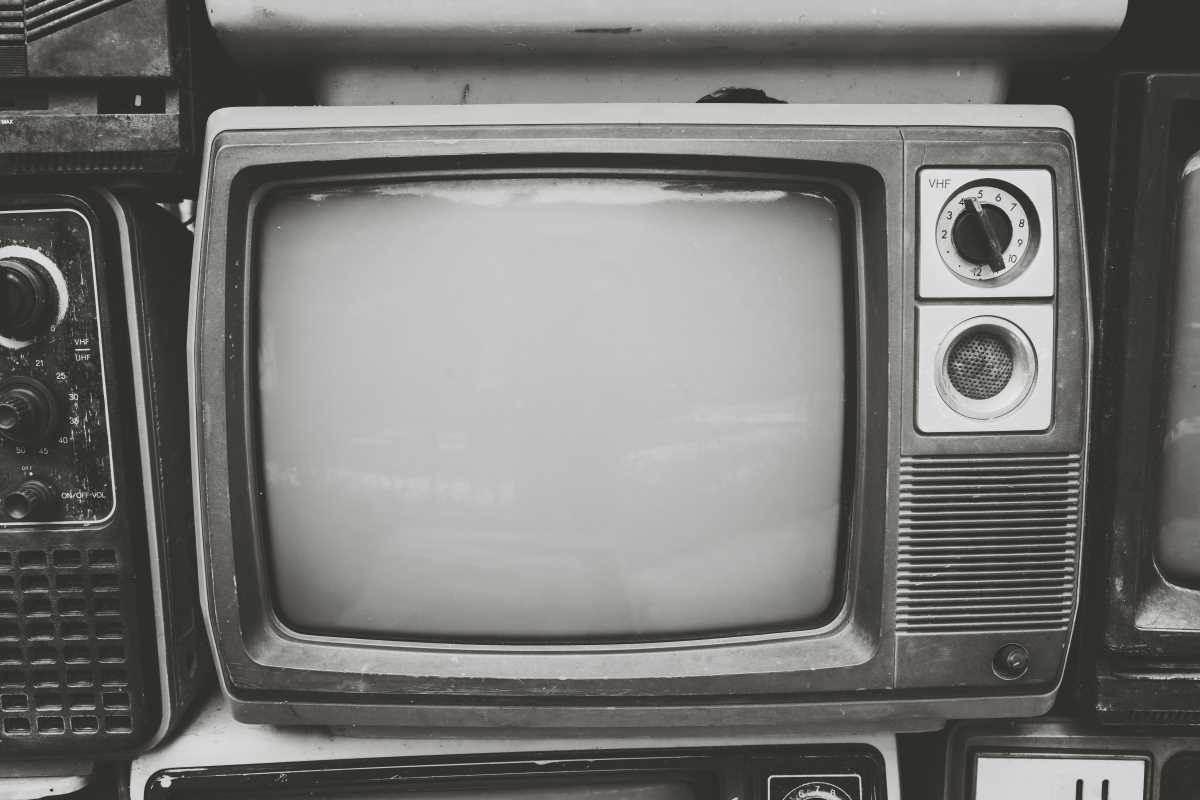Postmodern cinema, known for its subversion of traditional storytelling and playful embrace of eclectic styles, has found an enduring muse in the retro aesthetic. By incorporating visual elements, narratives, and stylistic choices reminiscent of past decades, filmmakers evoke nostalgia while simultaneously deconstructing it. This revival isn’t merely about recreating the past but about using it to comment on present-day cultural, social, and artistic concerns. From neon-lit streets and synth-heavy soundtracks to grainy film textures and retro fashion, postmodern cinema’s retro aesthetic revival has become a defining characteristic of its visual language. Films like Drive (2011), La La Land (2016), and Stranger Things (2016–) demonstrate how past eras can be reimagined to resonate with modern audiences, offering both escapism and critical reflection.
Nostalgia as a Narrative Tool
Nostalgia is at the heart of the retro aesthetic revival. Films and series embracing this style often tap into the collective longing for perceived simpler times or the romanticized allure of bygone eras. However, postmodern cinema doesn’t simply present the past as it was. Instead, it blends nostalgic elements with modern sensibilities, creating a hybrid world that feels both familiar and fresh.
In Stranger Things, for instance, the 1980s setting is meticulously recreated through period-specific details such as walkie-talkies, arcade games, and iconic hairstyles. The iconic roller-rink scene where Eleven skates around in 80's garb is a perfect example of this. Yet, the show interweaves contemporary themes of inclusivity and subverts traditional character tropes, making it relatable to a modern audience. Nostalgia here becomes a gateway to explore universal themes of friendship, courage, and loss.
Similarly, La La Land pays homage to classic Hollywood musicals of the 1950s and 60s, from its vibrant color palette to its whimsical dance sequences. Yet, its bittersweet ending—a departure from the fairy-tale resolutions of its predecessors—grounds the film in modern realism. By juxtaposing nostalgia with contemporary storytelling, the film captures the complexities of chasing dreams in today’s world.
The Role of Visual and Aesthetic Elements
The retro aesthetic revival often hinges on specific visual and design elements that evoke a sense of time and place. These stylistic choices not only enhance the atmosphere but also reinforce the themes and emotions of the narrative.
In Nicolas Winding Refn’s Drive, the retro aesthetic is evident in its neon-drenched visuals, minimalist dialogue, and a synth-heavy soundtrack reminiscent of 1980s action films. The film’s deliberate pacing and stylized violence evoke a sense of timeless cool while reflecting the emotional detachment of its protagonist. The use of retro aesthetics here is not purely decorative; it serves to amplify the film’s meditative tone and existential themes.
Quentin Tarantino is another master of retro aesthetics, often using them to pay homage to cinema’s golden eras. In Once Upon a Time in Hollywood (2019), he recreates the late 1960s with meticulous attention to detail, from vintage cars and costumes to radio jingles and movie posters. This aesthetic isn’t just about immersing the audience in the past—it’s also a commentary on the transition from old Hollywood to the new, exploring themes of change, loss, and cultural evolution.
Deconstruction of Retro Tropes
While many postmodern films celebrate retro aesthetics, they also deconstruct the tropes and ideals associated with past eras. This critical lens often reveals the flaws, contradictions, or darker aspects of nostalgia, challenging audiences to rethink their romanticized views of history.
In Mad Men (2007–2015), the glossy world of 1960s advertising is portrayed with stunning period accuracy, from mid-century modern office furniture to the characters’ impeccably tailored suits. Yet, the series dismantles the glamour of the era by highlighting its pervasive sexism, racism, and hollow consumerism. The retro aesthetic serves as both a seductive facade and a means to critique the cultural norms of the time.
Similarly, Black Mirror: San Junipero (2016) uses its 1980s setting to explore themes of love, loss, and technology. While the episode’s neon-soaked visuals and nostalgic soundtrack create a sense of longing for the past, its narrative challenges the idea that nostalgia can be a perfect escape. The story grapples with the ethical implications of living in a simulated reality, raising questions about the limits of nostalgia as a coping mechanism.
Cultural Commentary Through Retro Aesthetics
Postmodern cinema often uses retro aesthetics to comment on contemporary cultural and social issues. By recontextualizing the past, filmmakers highlight the ways in which history repeats itself or offer fresh perspectives on ongoing debates.
While not overtly retro, Greta Gerwig’s Barbie (2023) incorporates aesthetic elements that harken back to the toy’s mid-20th-century origins. The film critiques outdated gender roles and societal expectations, using Barbie’s meticulously constructed world to satirize the very ideals it once represented. The juxtaposition of retro visuals with modern feminist discourse underscores the film’s playful yet poignant message.
Another example is The Grand Budapest Hotel (2014) by Wes Anderson. The film’s retro aesthetic, from its symmetrical compositions to its nostalgic color palette, evokes a sense of whimsy and timelessness. Yet, beneath its charming exterior lies a critique of political turmoil, class disparity, and the erosion of cultural heritage. Anderson’s use of retro visuals serves to contrast the idyllic facade of the past with the harsh realities lurking beneath.
Technological Advancements in Retro Storytelling
Advancements in technology also make the revival of retro aesthetics in postmodern cinema possible. Digital tools allow filmmakers to replicate vintage film textures, recreate historical settings, and integrate retro elements with seamless precision.
For example, digital color grading in O Brother, Where Art Thou? (2000) was used to create a sepia-toned aesthetic reminiscent of the Great Depression. Similarly, filmmakers like Robert Eggers (The Lighthouse, 2019) and Yorgos Lanthimos (The Favourite, 2018) use period-specific lighting, camera techniques, and sound design to transport audiences to earlier eras while adding their own contemporary twist.
Technology also enables the blending of retro and modern aesthetics, as seen in Blade Runner 2049 (2017). The film combines the dystopian neon visuals of the 1982 original with state-of-the-art special effects, creating a retro-futuristic world that feels both nostalgic and innovative.
The Emotional Power of Retro Aesthetics
At its core, the retro aesthetic revival in postmodern cinema resonates because it taps into deep emotional currents. Nostalgia evokes a sense of comfort and familiarity, while the juxtaposition of past and present invites introspection and critical engagement.
Whether through the heartwarming optimism of a 1950s musical or the gritty realism of a 1970s crime drama, retro aesthetics offer audiences a chance to reflect on the cultural and personal significance of different eras. In doing so, they remind us that while times may change, the human experience remains universal.
 (Image source: 21 Laps Entertainment; Monkey Massacre Production)
(Image source: 21 Laps Entertainment; Monkey Massacre Production) 
.jpg)




